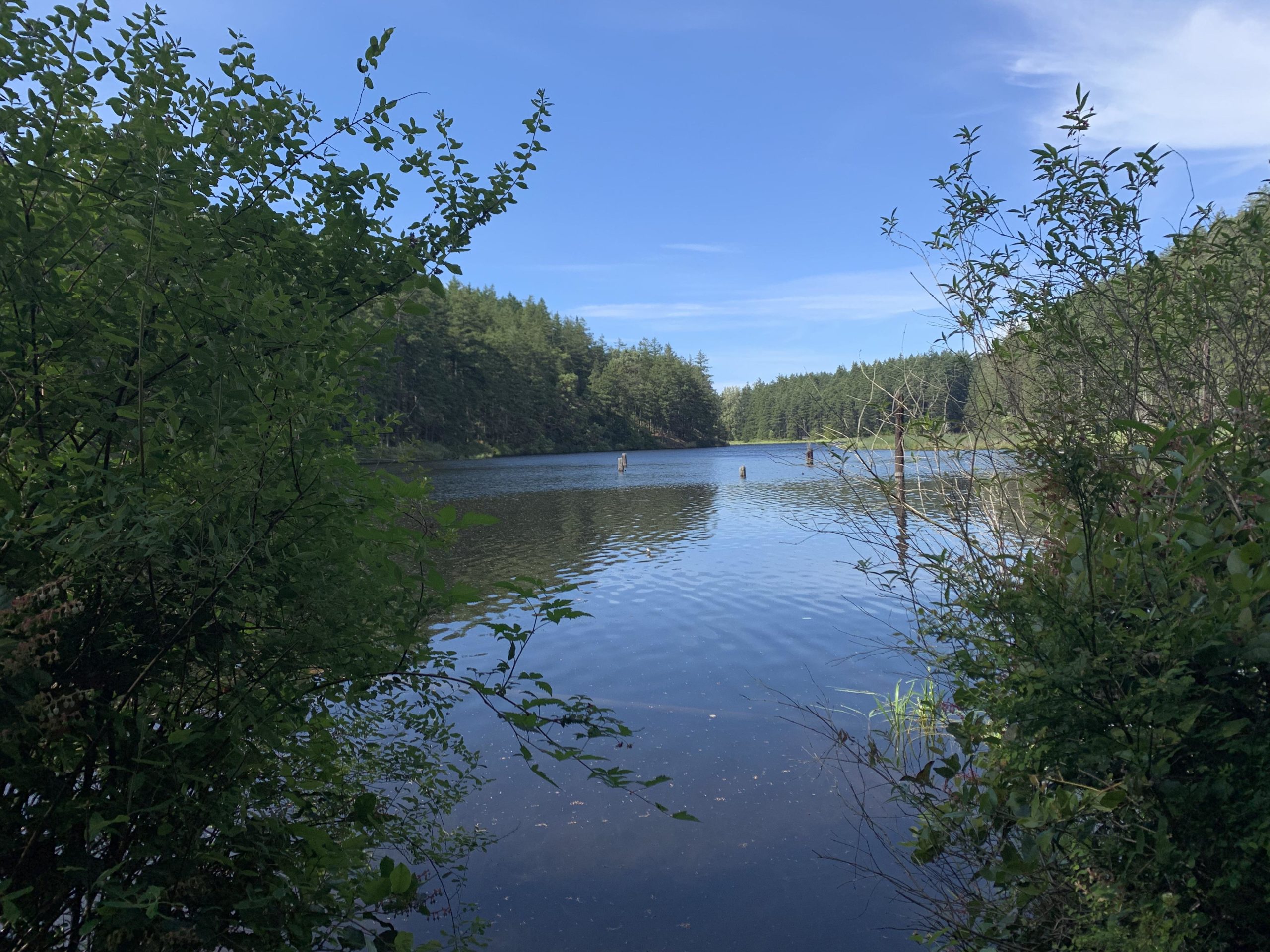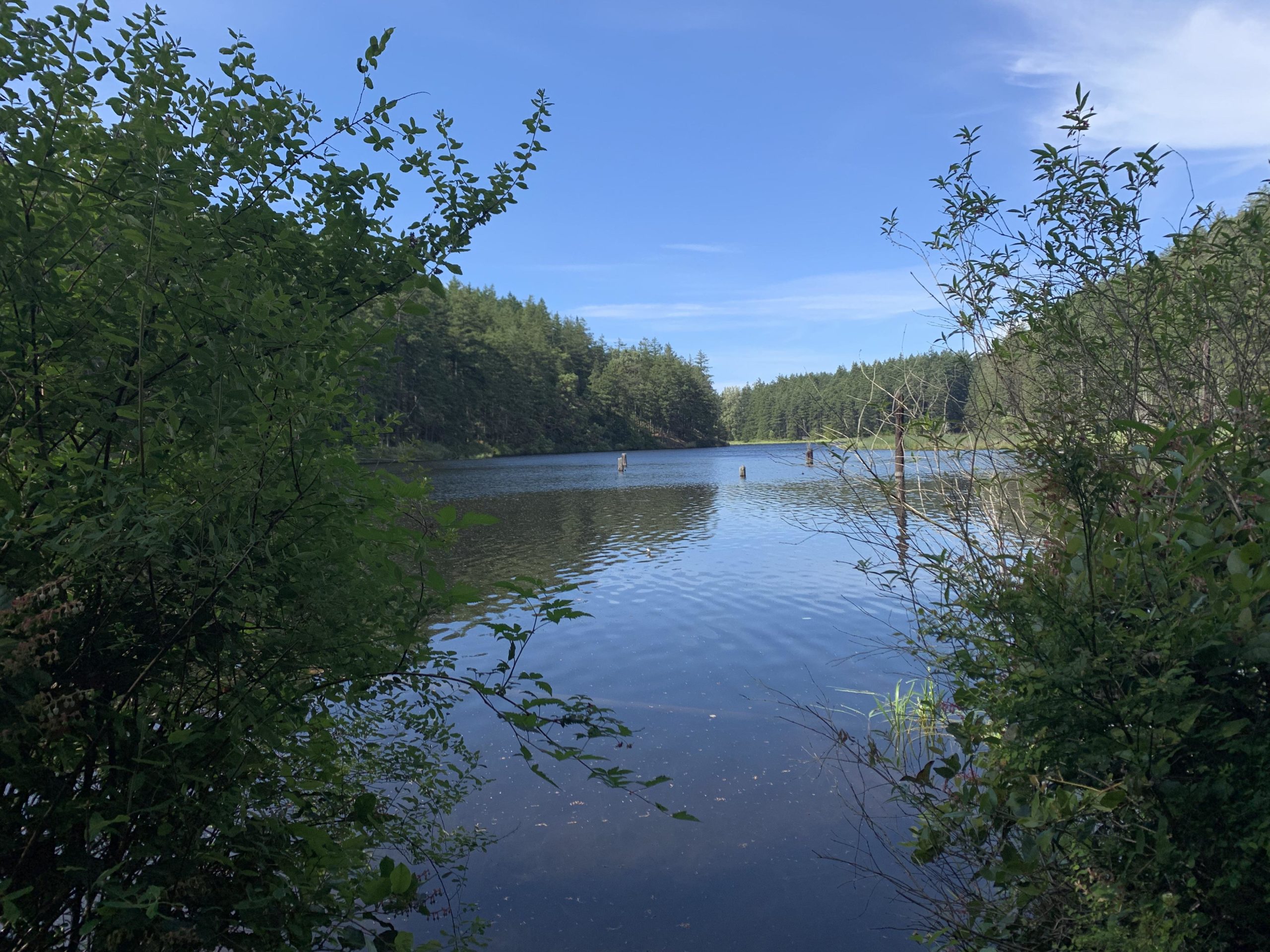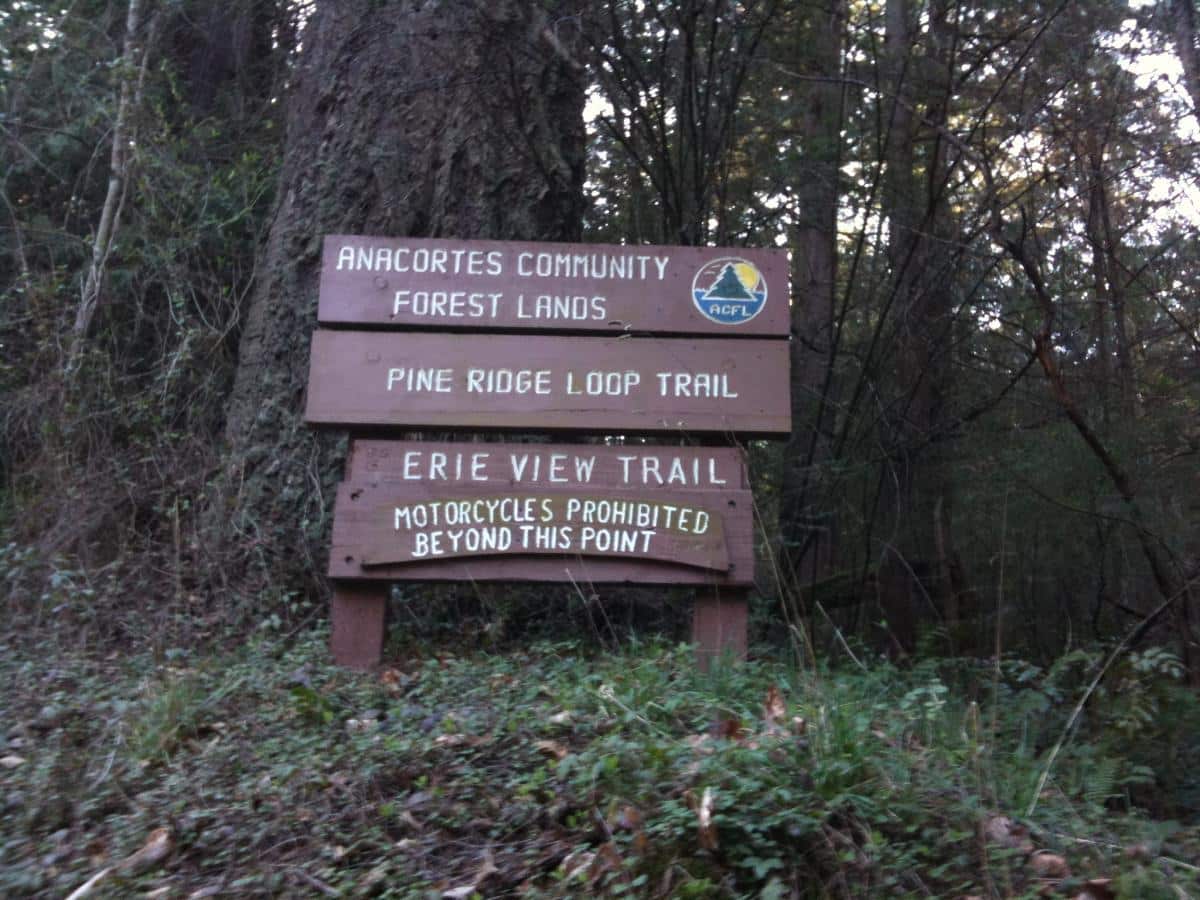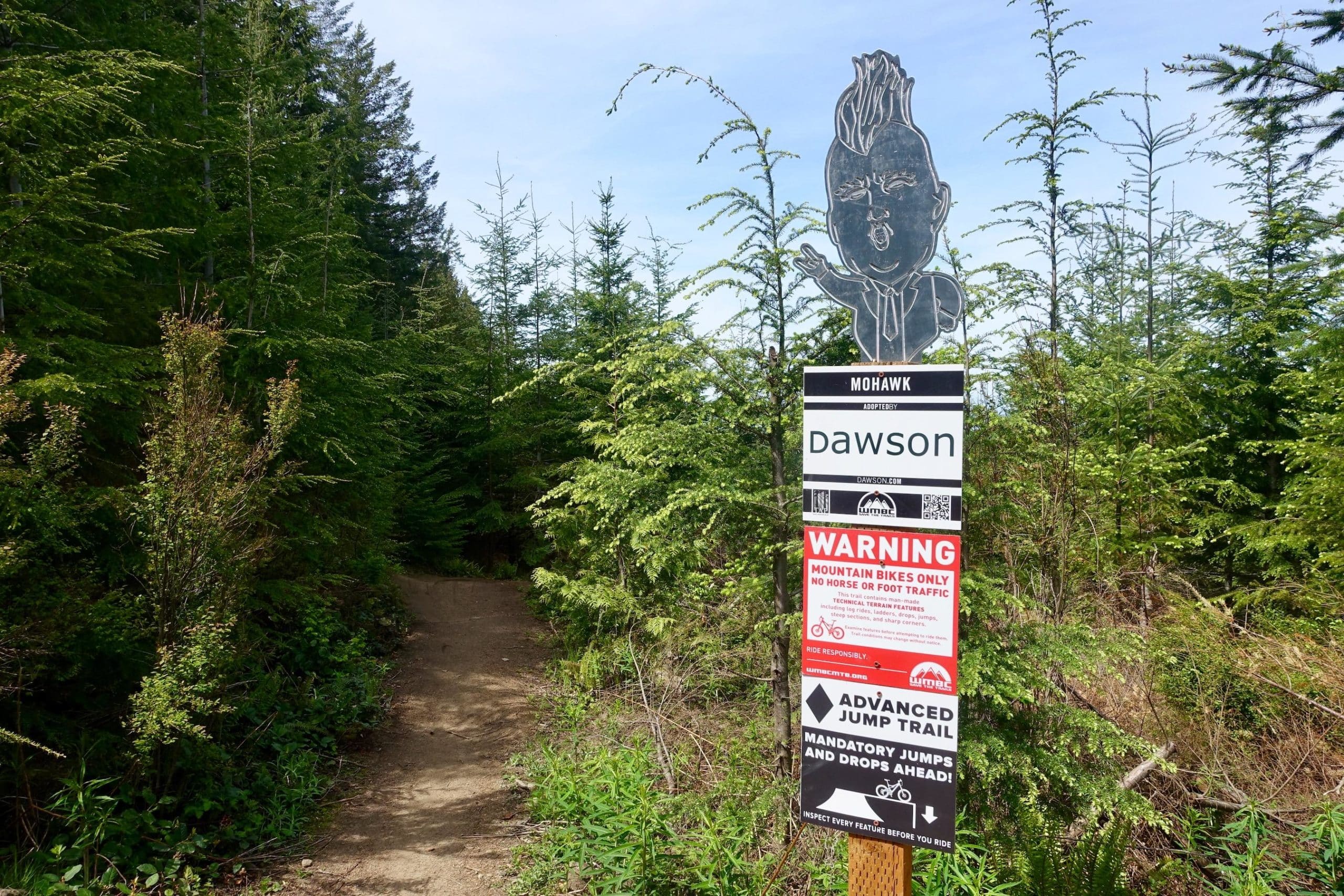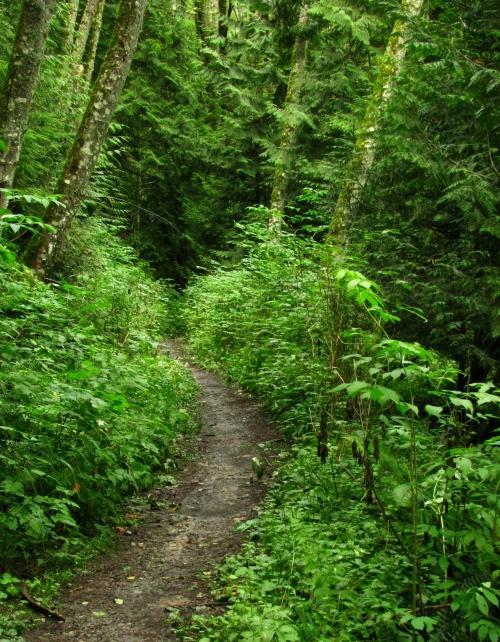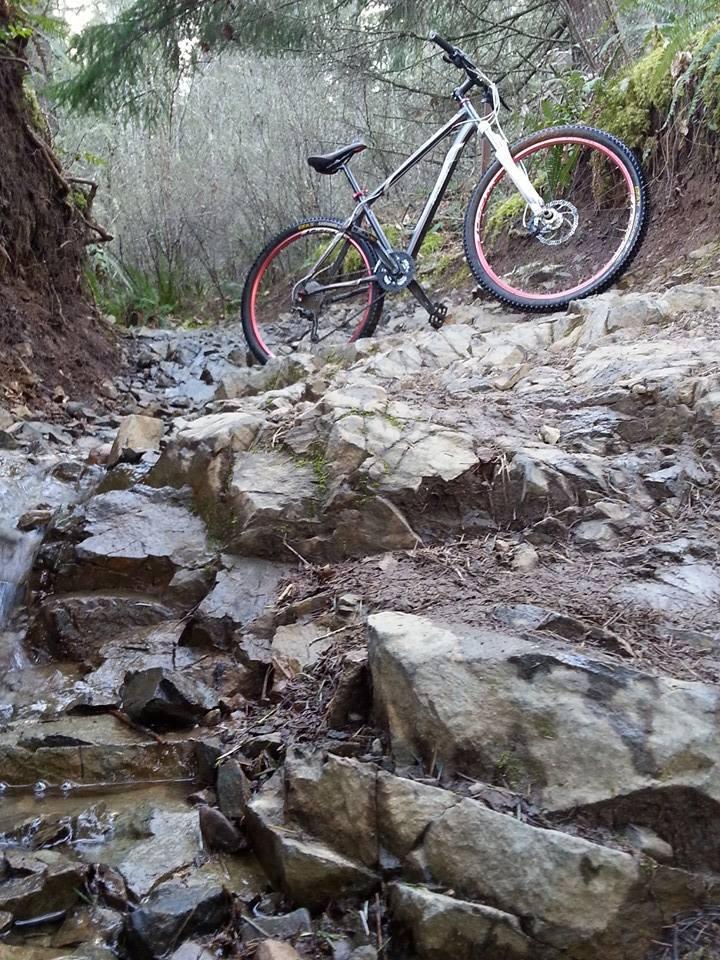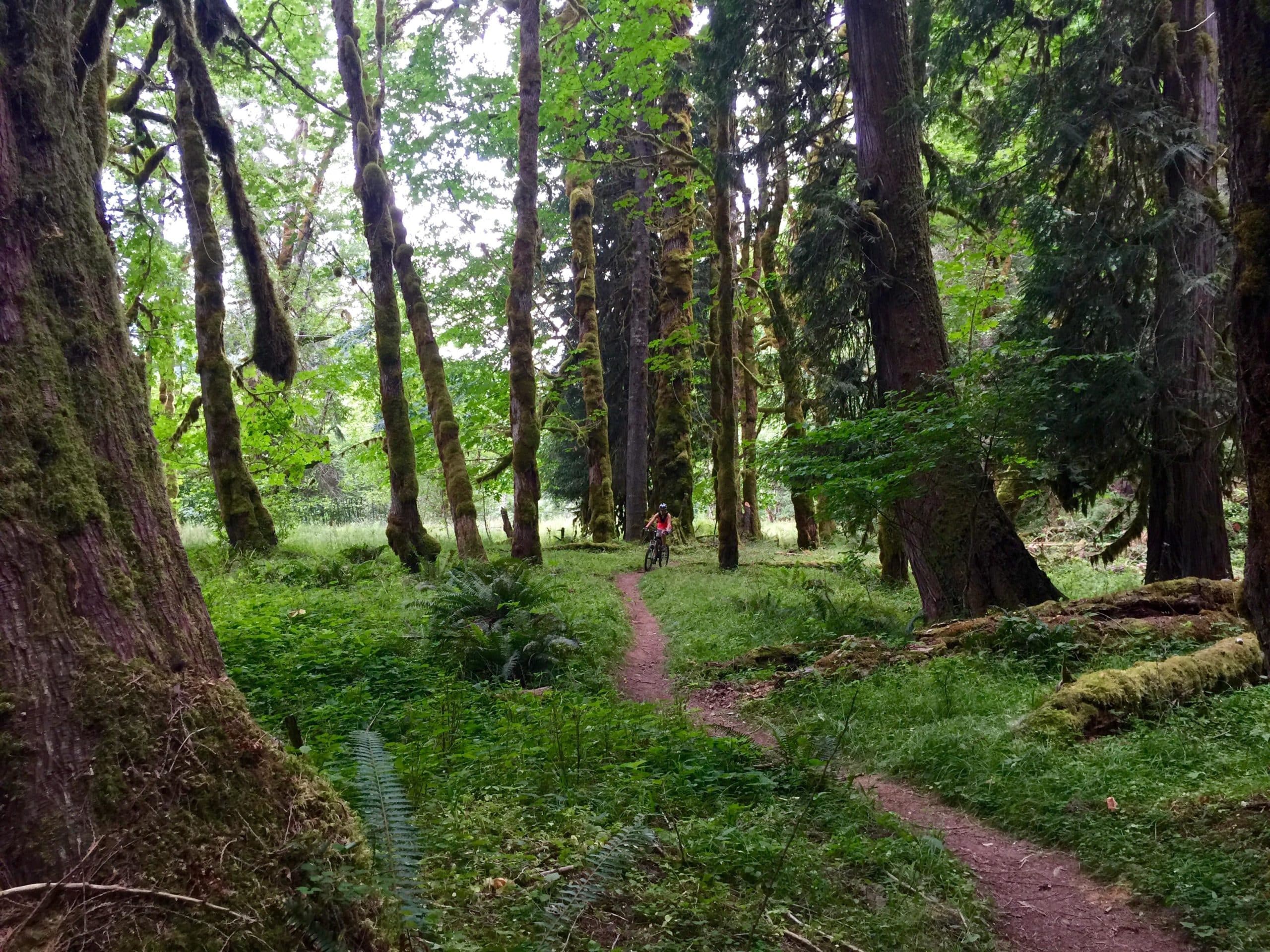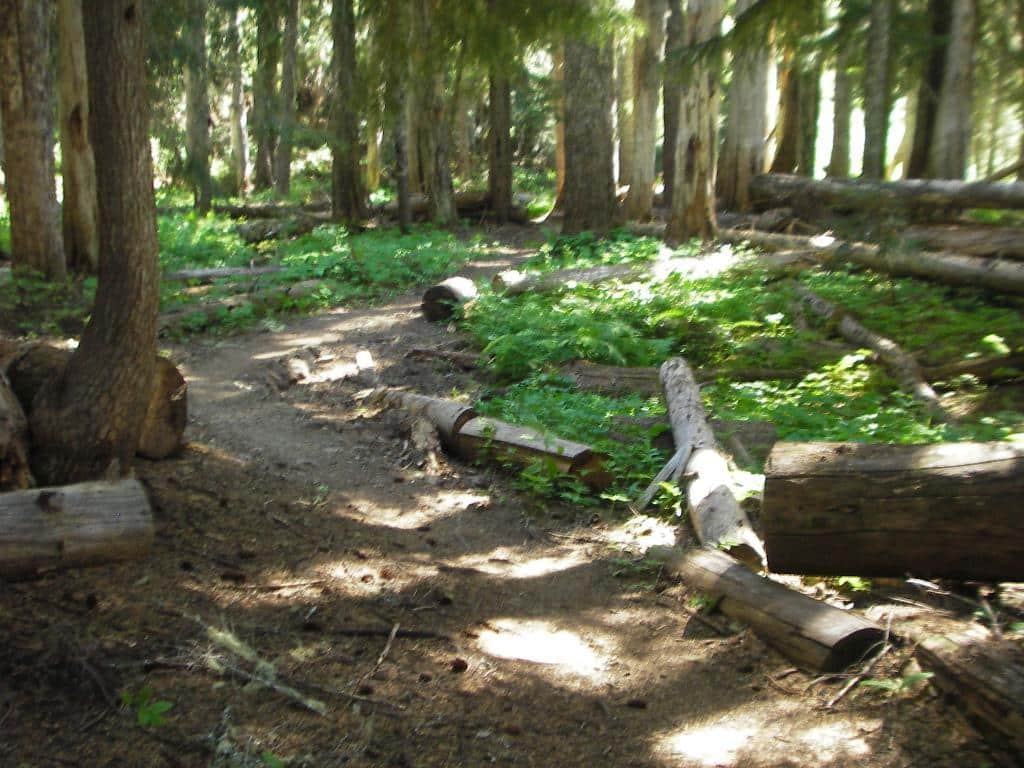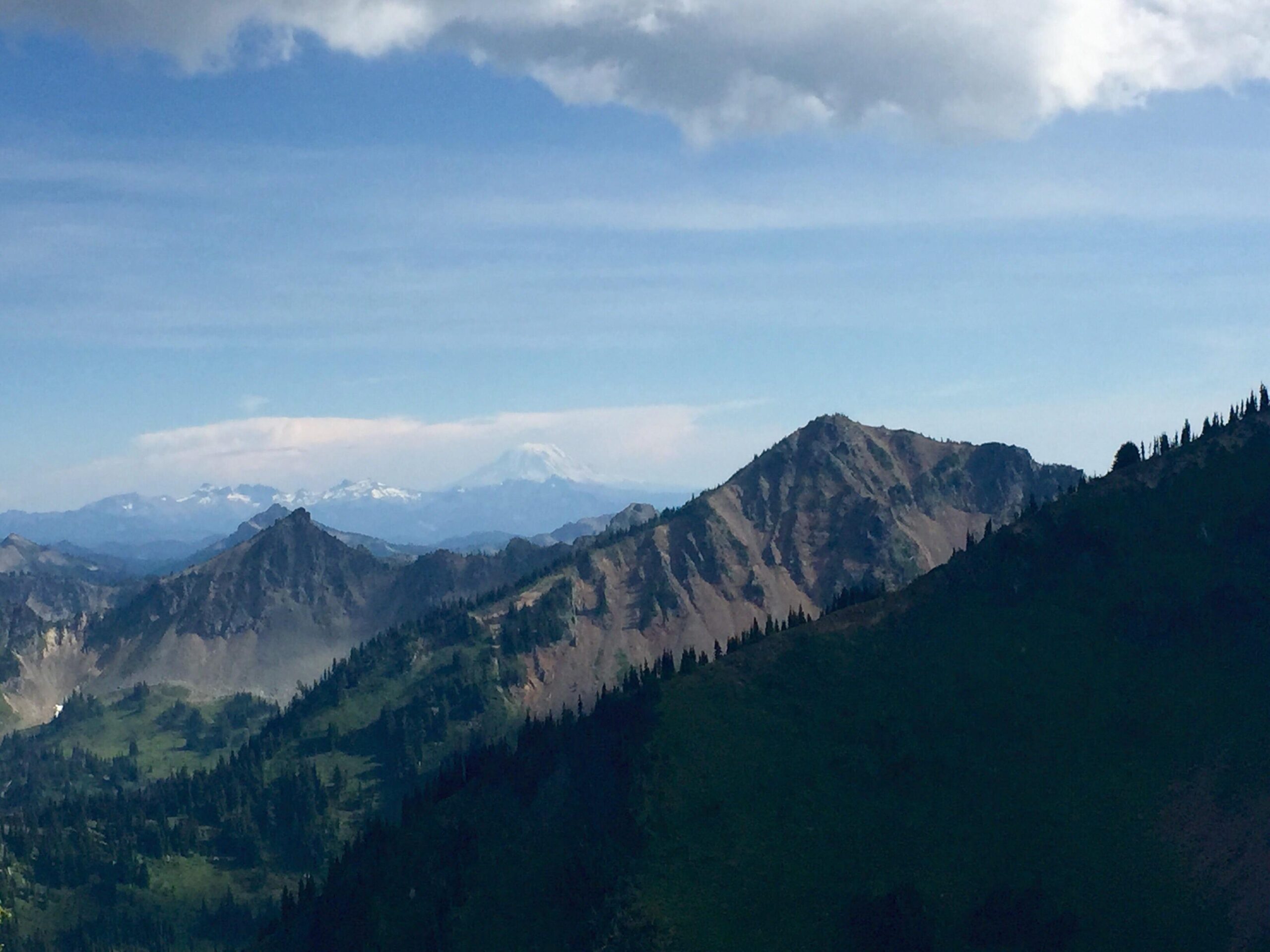Washington: Area Description
Washington State is practically split in half by the Cascade Mountains, with the two halves having wildly different geographical profiles.
Western Washington experiences a Mediterranean climate due to the many mountains and volcanoes in the area. This includes Mount Rainier, the tallest mountain in the state.
There are plenty of green forests, and the higher you go, the higher the likelihood of rocks. Naturally, these mountains make for steep climbs for mountain bikers who want a challenge with a fun payoff at the end.
Those in eastern Washington get a drier climate, so it's not as woody as the West. Also, there are only a few mountains compared to the over 50 mountains in Western Washington. There are plenty of rivers and lakes, especially near the cities.
While some of the eastern parts of the state are semi-arid, the bike trails there have much in common with those on the Western side, including elevation changes and woody trails.
| Land area (sq. m; sq. km) |
184,827 km2 |
| Minimum Elevation |
0 ft |
| Maximum Elevation |
14,411 ft |
Demographics of Washington State
91% of the Washington population has at least a high school diploma, with the number dropping to 37% for those with a bachelor's degree or higher. The population is also fairly well off, with the median household income being around $82,000. As for the part of the population that lives in poverty, it's just under 10%.
Also, about 14.9% of the state works blue-collar jobs while the rest is mostly in white-collar jobs. Some of those in white-collar jobs also try to keep fit, with Washington being one of the top 10 fit states in the country. This is evident in the fact that there are six gyms for every 100,000 people.
About 3.1% of the population bikes to work, with the state having almost 700 miles of bicycle routes, including off-road trails. As such, there's a pretty serious biking community there, although it's minute compared to the rest of the population.
| Total population (thousands, million) |
7,887,965 |
| Population density (persons per sq. km) |
39.6/km2 |
The Climate of Washington State
The climate in Washington differs depending on the side you're on. Western Washington, for instance, tends to rain a lot more than its eastern counterpart. For context, there can be between 70 and 100 inches of precipitation in the West, while in the East, it could be as low as 10 inches.
The rainy season spans six months between October and March in West Washington, while it only lasts from mid-March to late August on the other side of the divide. The winters in the state are slightly warmer, with the temperatures rarely going below 40°F. As for the summers, they're also pretty cool due to the prevailing winds, with the temperatures rarely going over 86°F.
Summer is the best time to go biking since there's plenty of sun, but when you're on the trail, you're mostly under the shade of the trees.
Average Temperature by Months and Seasons
| Month |
Average Temperature |
| January |
34.1 °F |
| February |
36.4 °F |
| March |
44.1 °F |
| April |
55.4 °F |
| May |
65.2 °F |
| June |
73.9 °F |
| July |
78.3 °F |
| August |
76.8 °F |
| September |
70.1 °F |
| October |
58.6 °F |
| November |
47.5 °F |
| December |
38.5 °F |
Infrastructure
As mentioned above, there are close to 700 miles of bikeways, so there's plenty of infrastructure for cyclists. The roads in the state are fairly decent, so for the most part, you shouldn't have any problems reaching a trailhead with your car.
That said, about 19.6% of the roads here are in poor condition, so you might need to be careful when traveling through them. If you have a truck or other 4x4 vehicle, this may not be a problem, but if you have a smaller car, it might be best to avoid the bike trails at the ends of these trails.
There are also nearly 4,000 electric vehicle charging stations in the state, so if you drive a Rivian, Lucid, or Tesla, you can access some of the trails with your EV.
Sights and Landmarks in Washington State
Regarding the landmarks in West Washington, the mountains make for rather easy targets, with some, like Mount Rainier, visible from miles away. You can also check out sites like the world's largest spruce tree while you go through the Quinault rainforest on a bike. There are plenty of other rainforests, Puget Sound beaches, and ocean beaches to check out as well.
If you're a mountain biker, you'll likely be spoilt for choice on which scenic trails to bike through and which ones to leave for the next time you visit.
FAQ about Trails in Washington State
What are some of the laws for bicycling in Washington State?
For those taking to the streets on their bikes, you can ride side by side if you're only two. Any more than that, and the others will have to ride behind. You also need a white front light for night riding that's visible from 500 feet away.
What is the longest bike trail in Washington State?
The Palouse to Cascades State Park trail is one of the longest in the country at 285 miles spanning over 5,794 acres of land.
What are some exciting bike trails to prioritize while in Washington State?
The Mount Spokane Loop is a difficult 15.4 km trail that should be fun for the experienced mountain biker. The Duthie Hill trail is an excellent option for fun without as much technical difficulty.

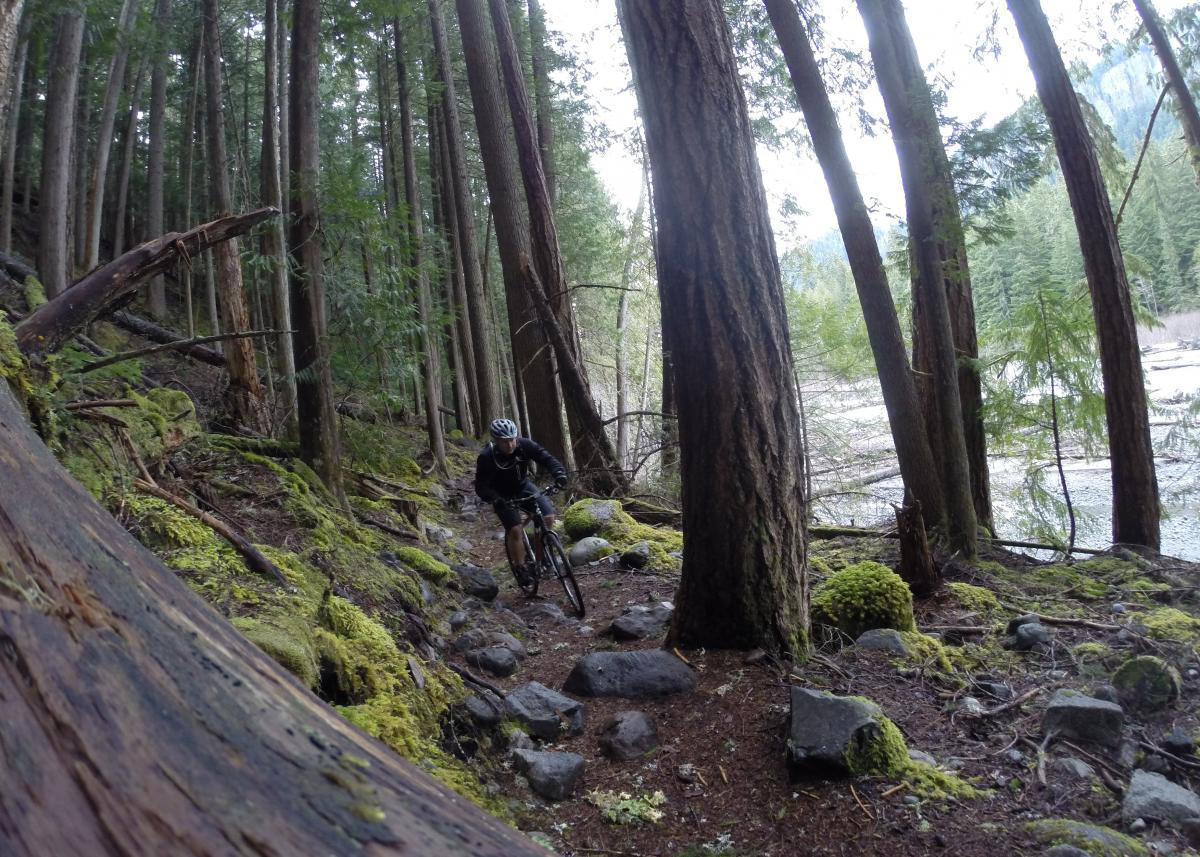
 5.8 mi
5.8 mi
